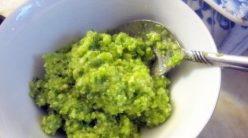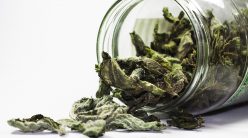Lots of fruits and vegetables are in season in February, and it’s still also possible to eat local foods with a little bit of creativity.
Why eat foods that are in season?
It pays to eat foods that are in season — to help save money, to help the environment, to get the freshest foods, and for the best nutritional bang for your buck.
Seasonal fruits and vegetables will be cheaper and more likely to be on sale at steep discounts this time of year. They also require much less transport and are fresher, tastier and more nutritious.
Obviously, it’s very hard to eat local in northern states like Minnesota this time of year. These foods are in season in grocery stores in the United States and Canada right now. See the tips at the end of the list to focus on eating local in the North in February.
Here’s what’s in season in U.S. stores in February:
- Lemons

- Limes
- Grapefruit
- Tangerines
- Fennel
- Collards
- Anjou pears
- Shallots
- Rutabega
- Brussels sprouts
- Green onions
- Oranges
- Mustard greens
- Cauliflower
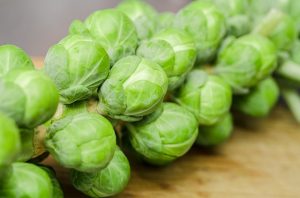
- Artichokes
- Turnips
- Carrots
- Broccoli
- Cabbage
- Leeks
- Potatoes
- Sweet potatoes
- Mushrooms
- Celery
- Avocado
- Kiwi
- Rutabagas

- Asparagus (early)
- Garlic
- Kale
- Pumpkins
- Lettuce
- Onions
- Winter squash
- Spinach
- Walnuts
- Swiss Chard
- Sprouts
To eat more local foods in Northern states like Minnesota: Since next to nothing is fresh and local for those of us in cold climates in February, this is still the time to rely on the root cellar and pantry. Canned, dried, frozen and root cellar foods can all be staples for winter cooking.
These foods are also well suited for cold weather cooking, in the form of soups, stews, crock pot recipes and casseroles.
Here are some good local foods to cook with in February:
- Fresh fish from ice fishing
- Maple syrup
- Wild rice
- Home grown sprouts
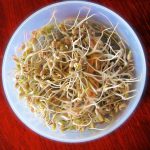
- Dried beans
- Dried peas
- Flours
- Honey
- Nuts, nut flour/meal and nut butters
- Winter squash and pumpkins
- Turnips, carrots, onions and other storage items from the root cellar
- Garlic
- Dried herbs
- Home canned green beans, salsa, relish, pumpkin, pears and apples
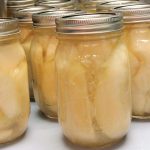
- Juices and jellies made from home canned grape juice
- Frozen sweet corn, chard and other vegetables from summer gardens
- Frozen rhubarb, strawberries, apples and other fruits picked last summer and fall
- Dried fruits
- Popcorn, Corn meal/flour and Glad Corn
- Acorn meal (since acorns are high in fats, make sure they are stored in the freezer or they go rancid)
- Dried and frozen meats and wild game
- Homemade wine and beer
- Home canned grape juice, tomato juice and apple cider
For the healthiest, most sustainable (and least expensive) February menus: Focus on cooking mostly with these long-storage items from your own freezer and pantry and use fresh seasonal fruits and vegetables from elsewhere to punctuate your meals.
If you don’t have a winter bounty from putting up foods last year, there’s still lots of time to do some research and make some plans for next year!
Please follow and like us:









